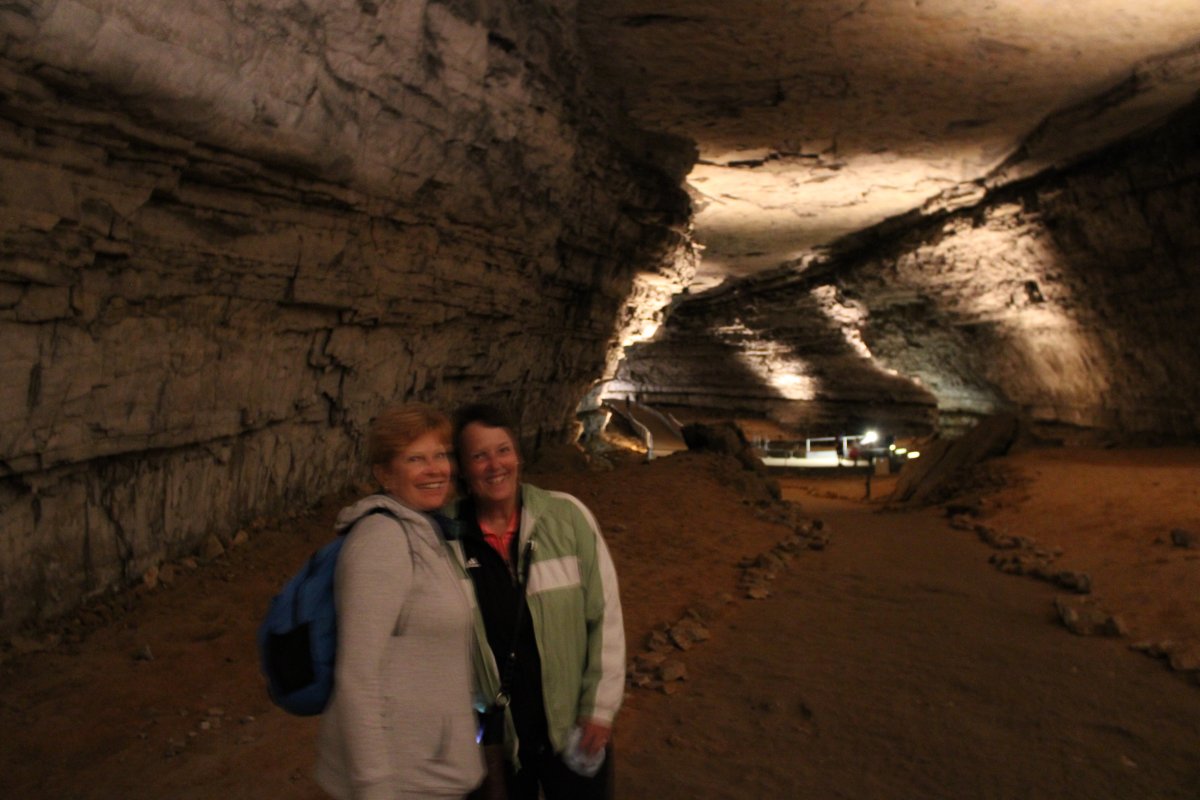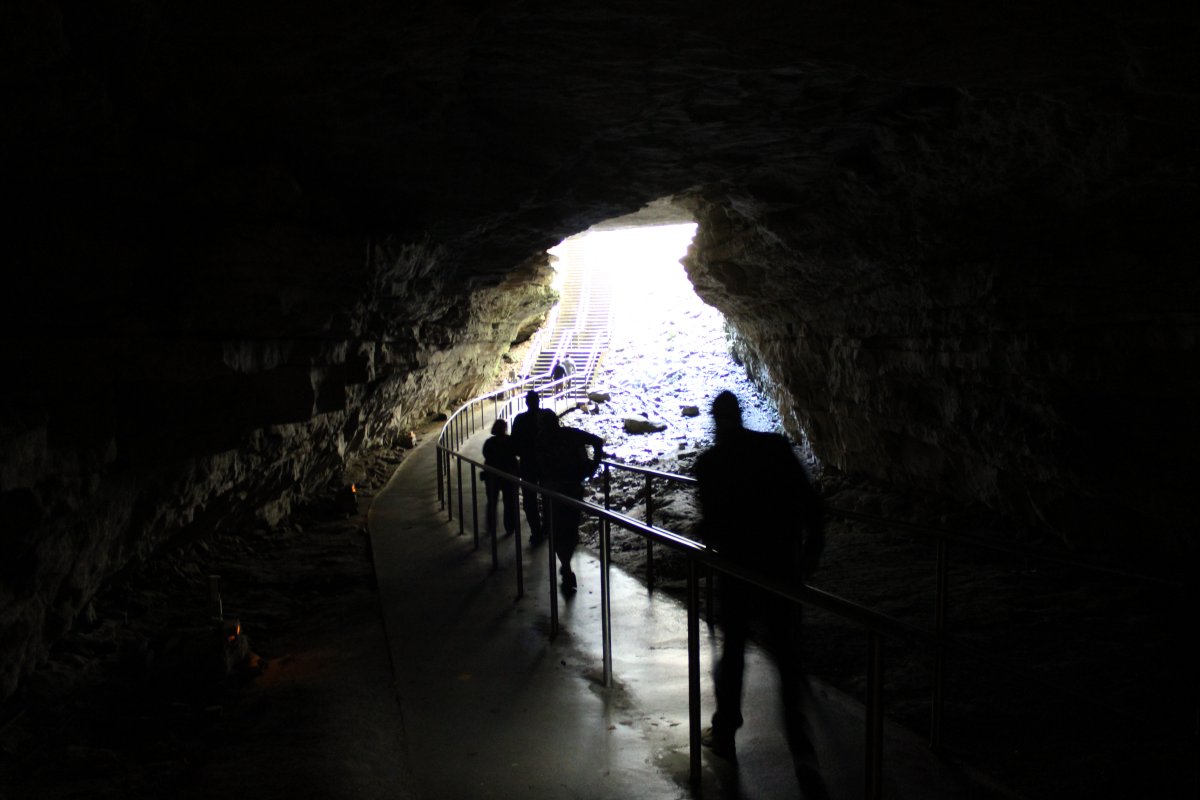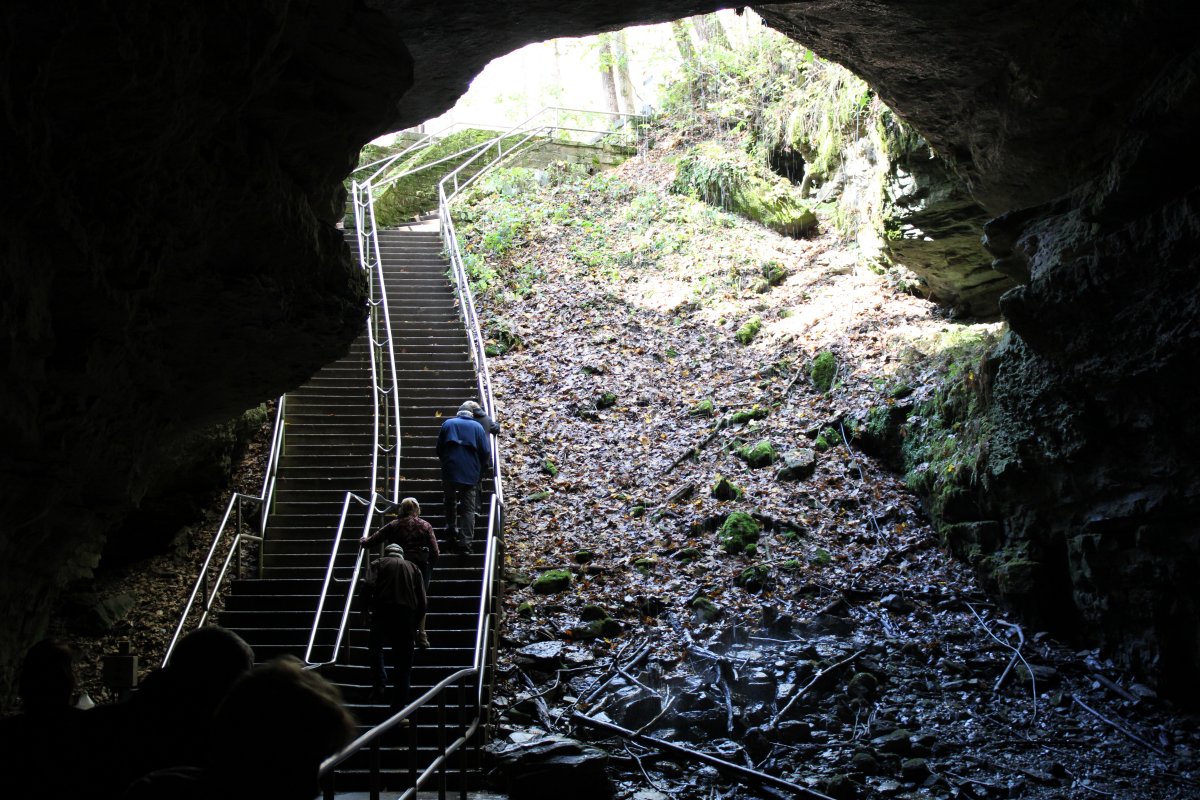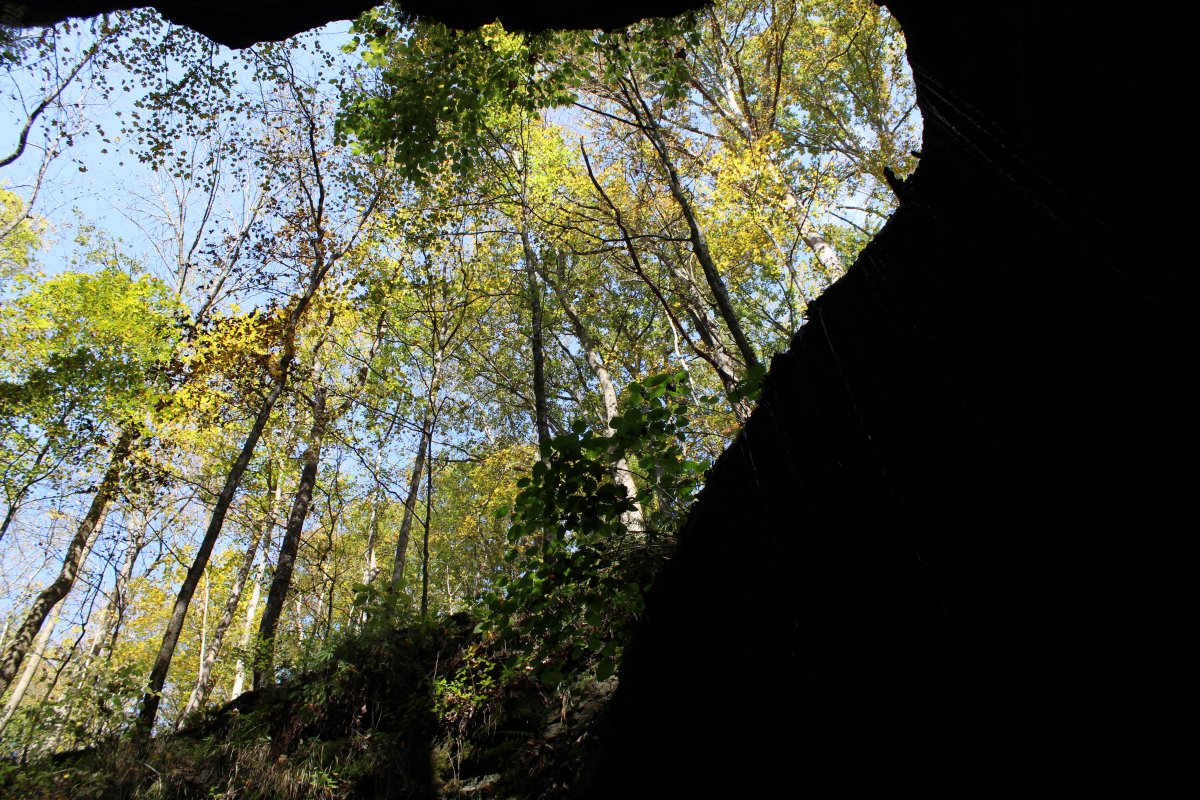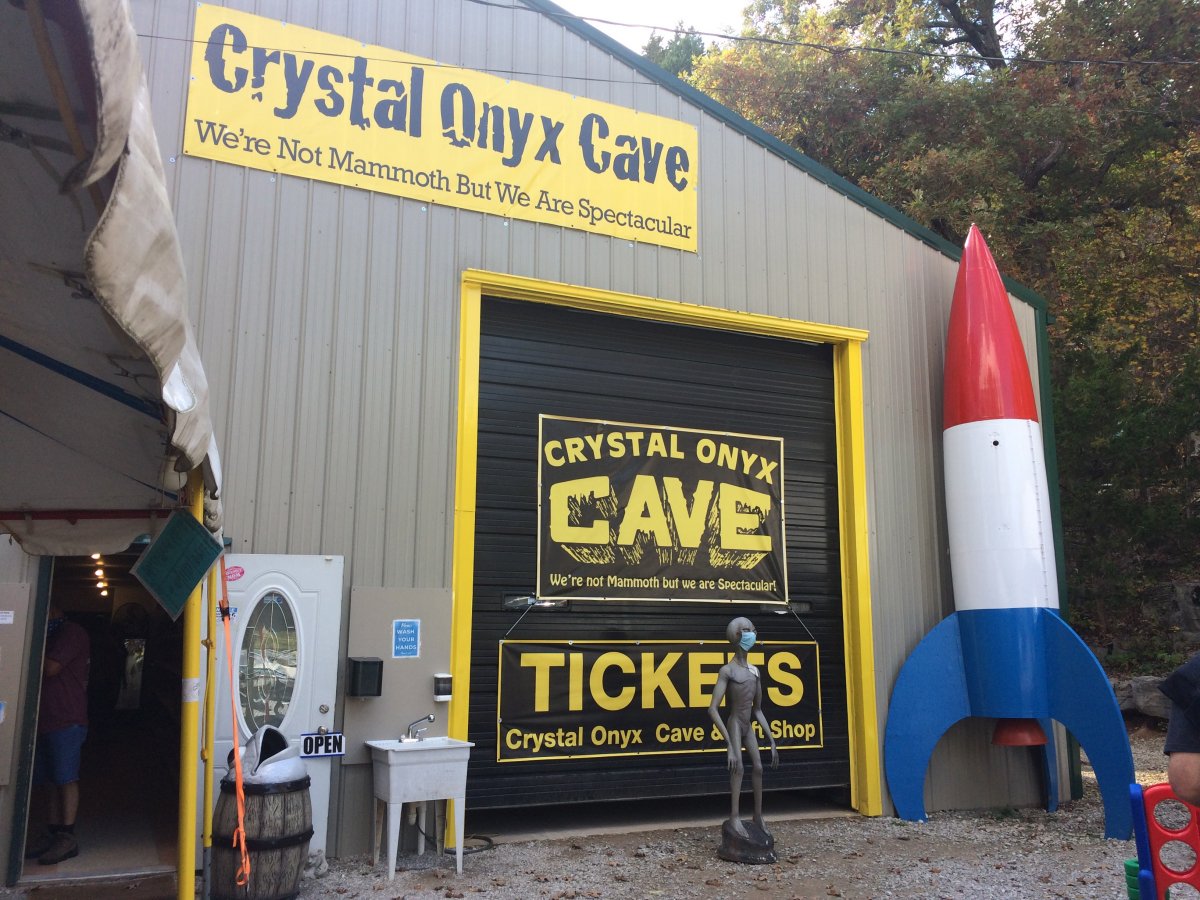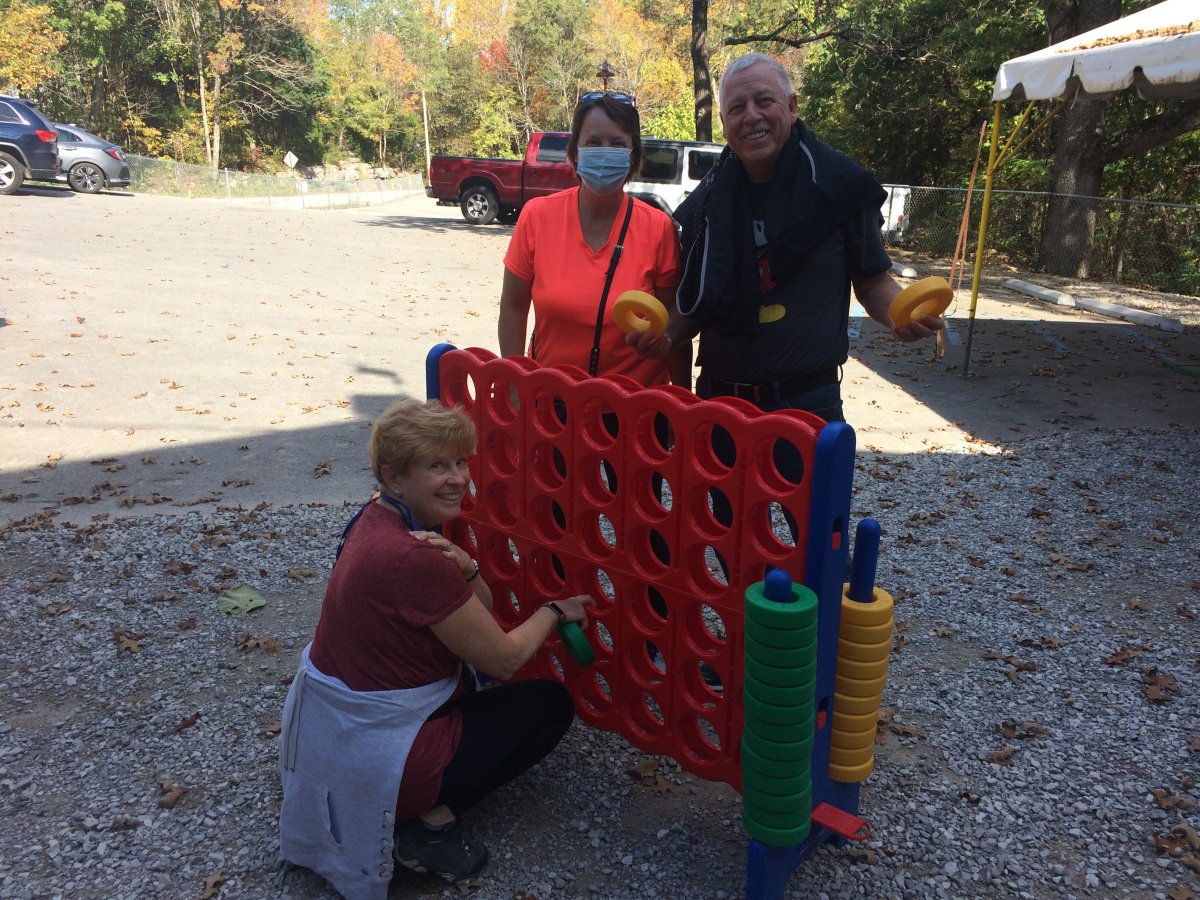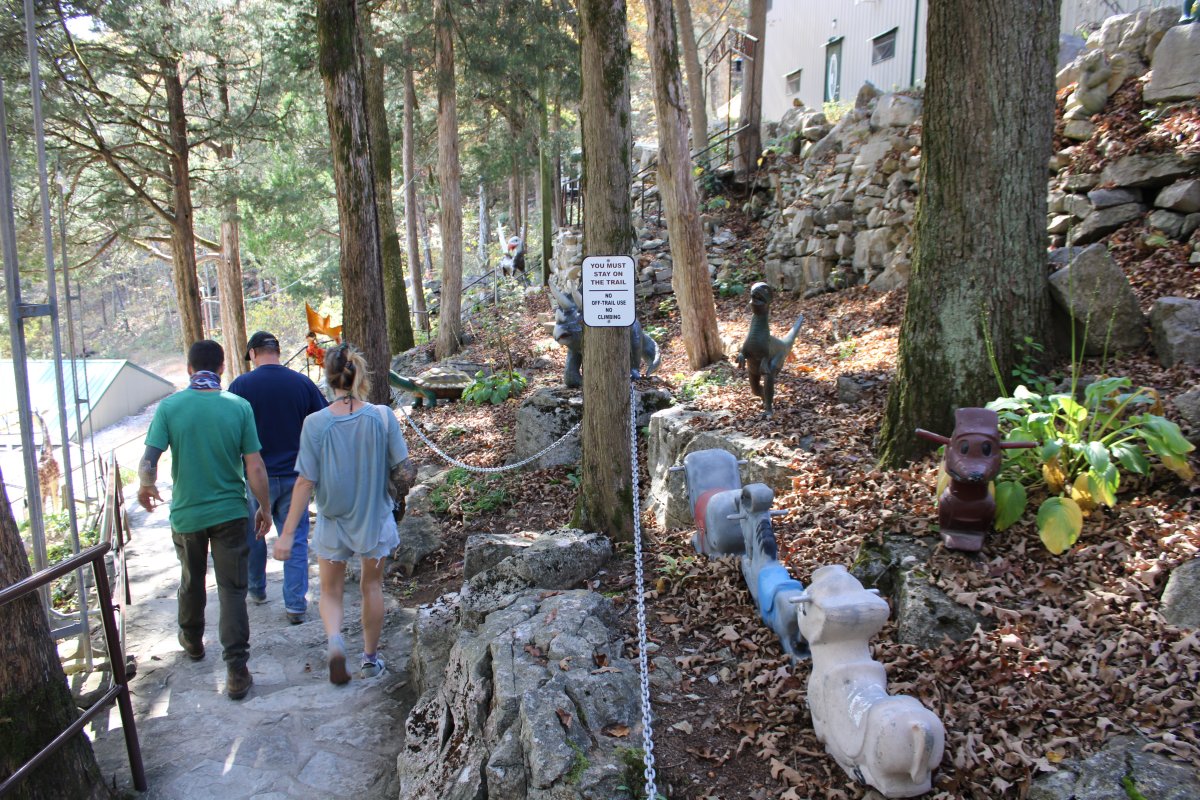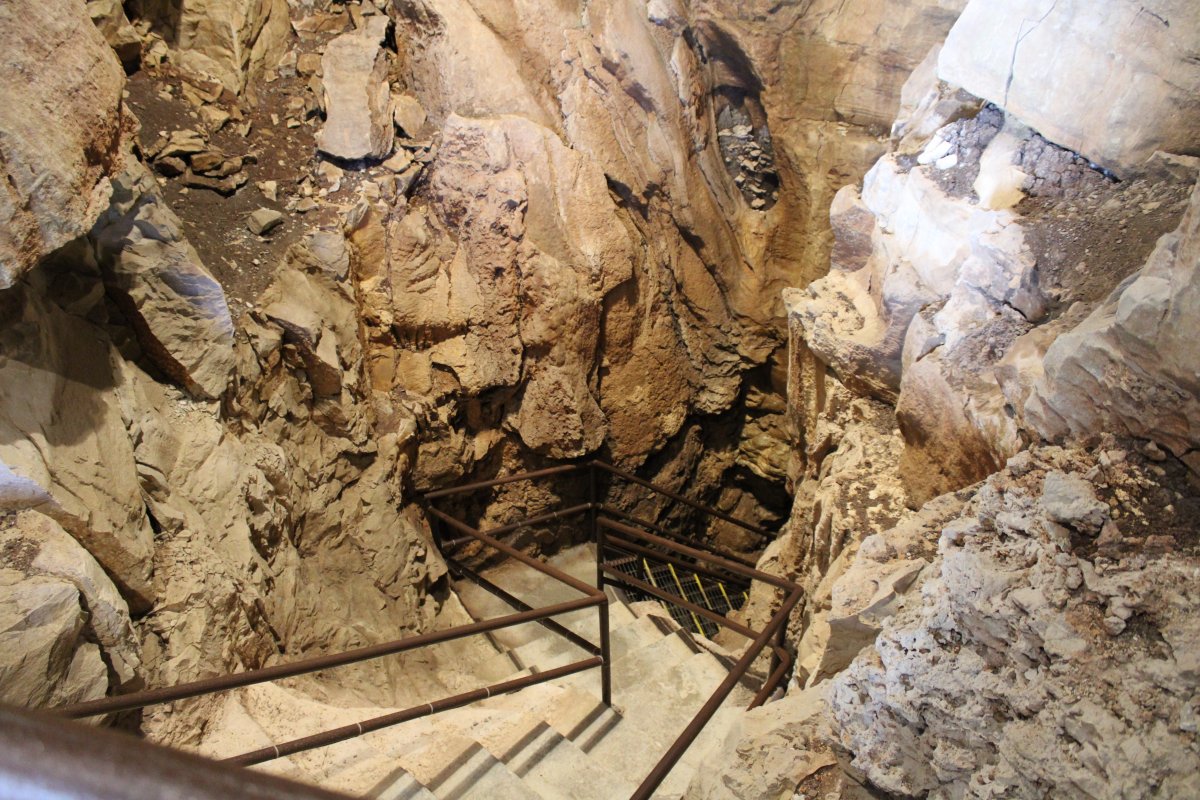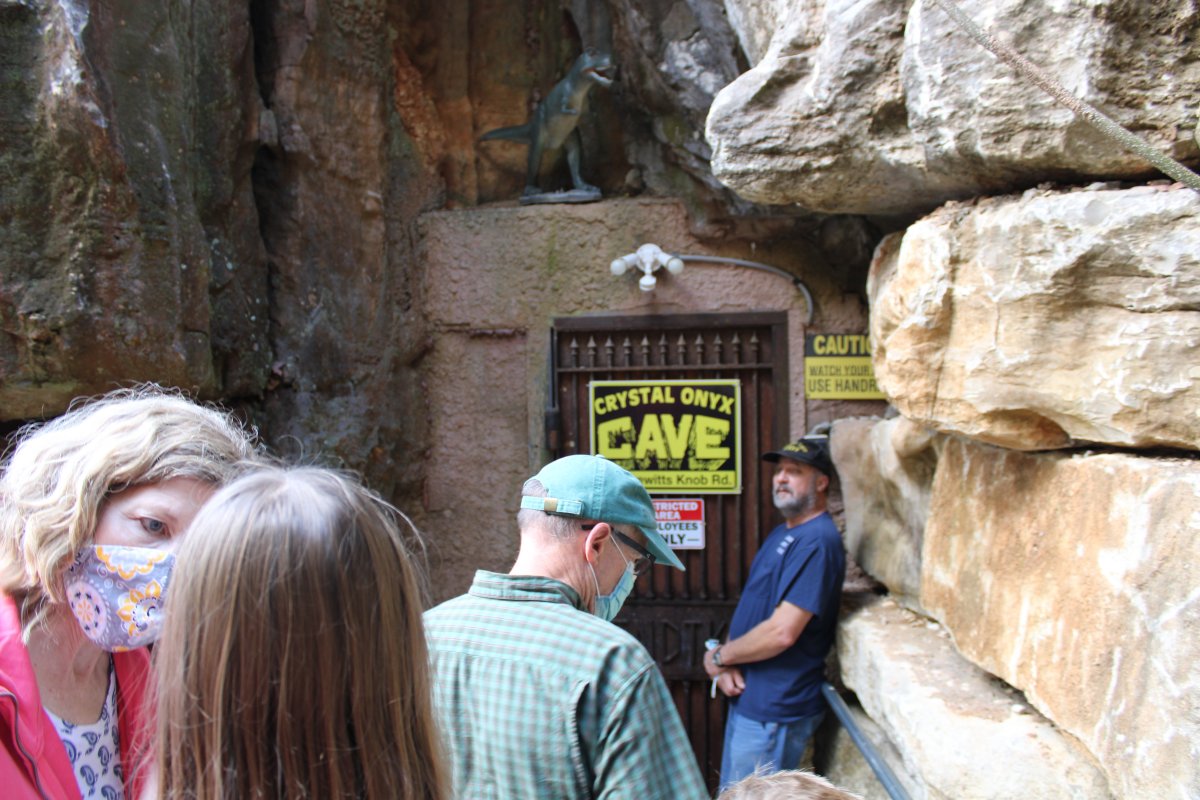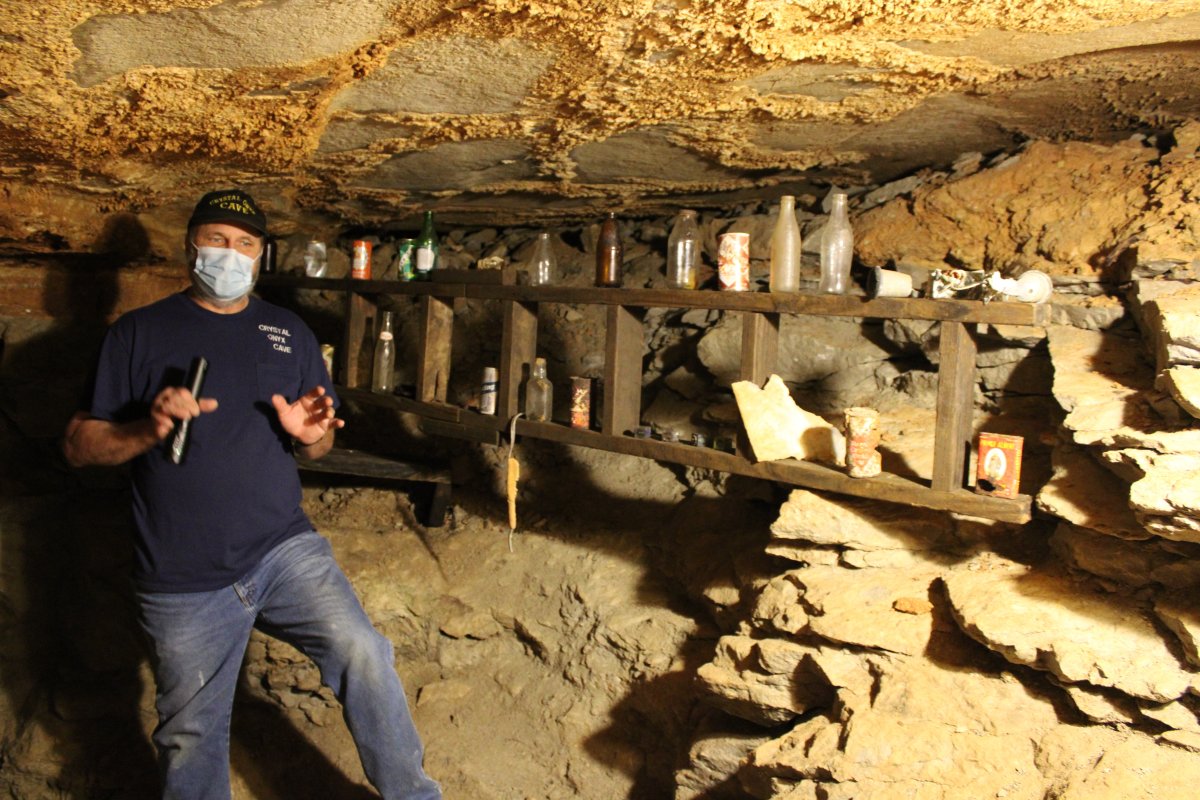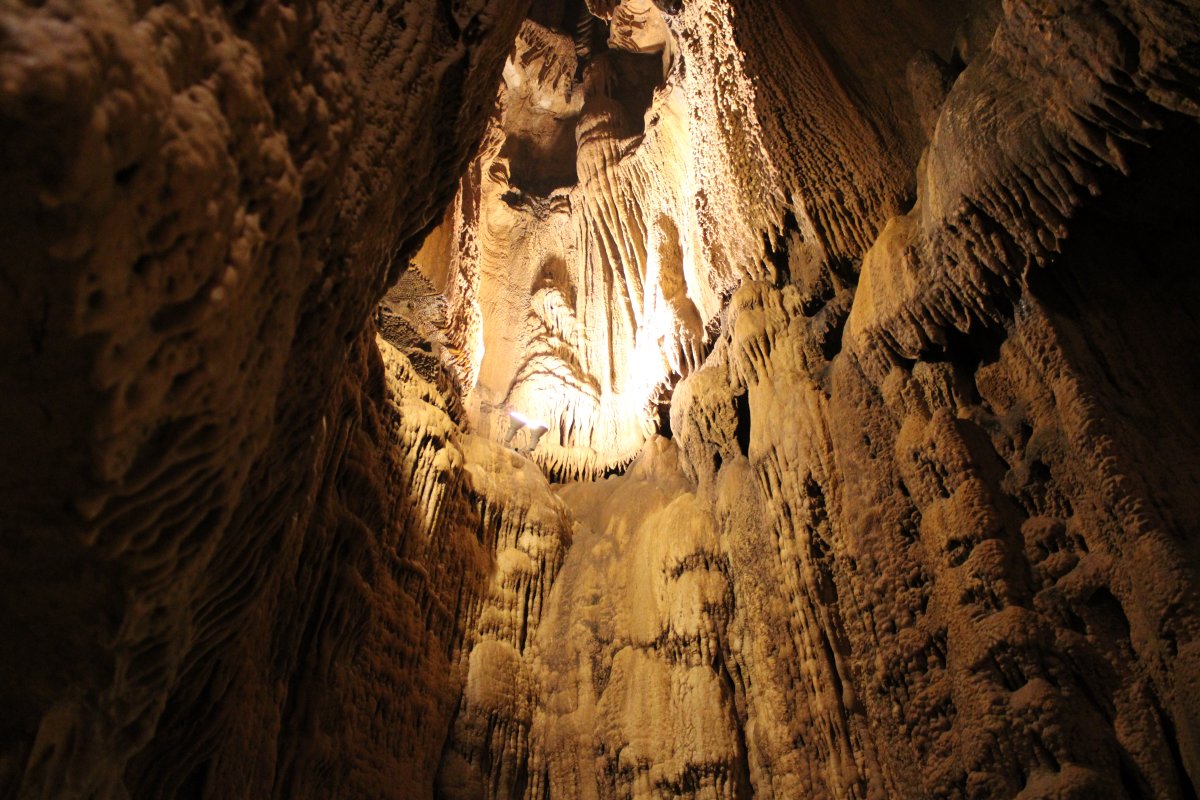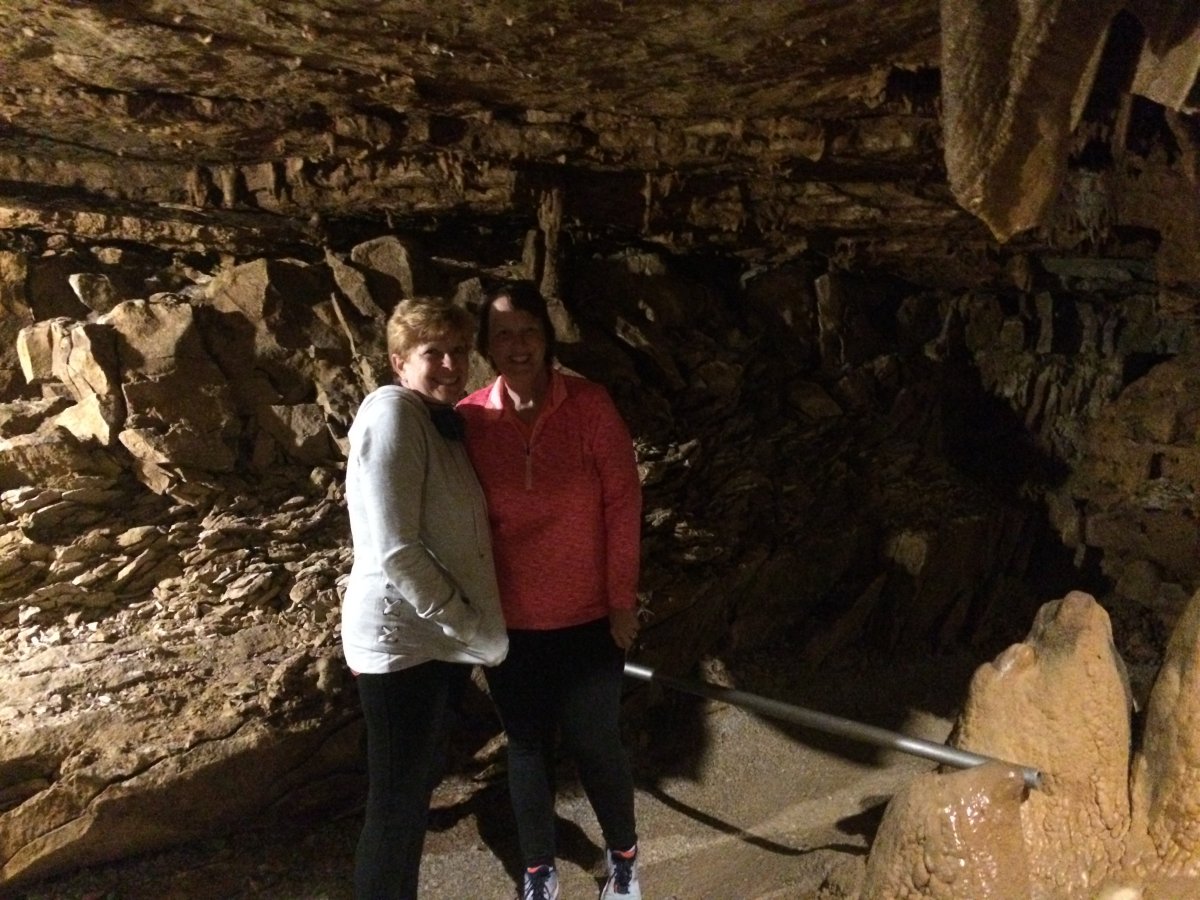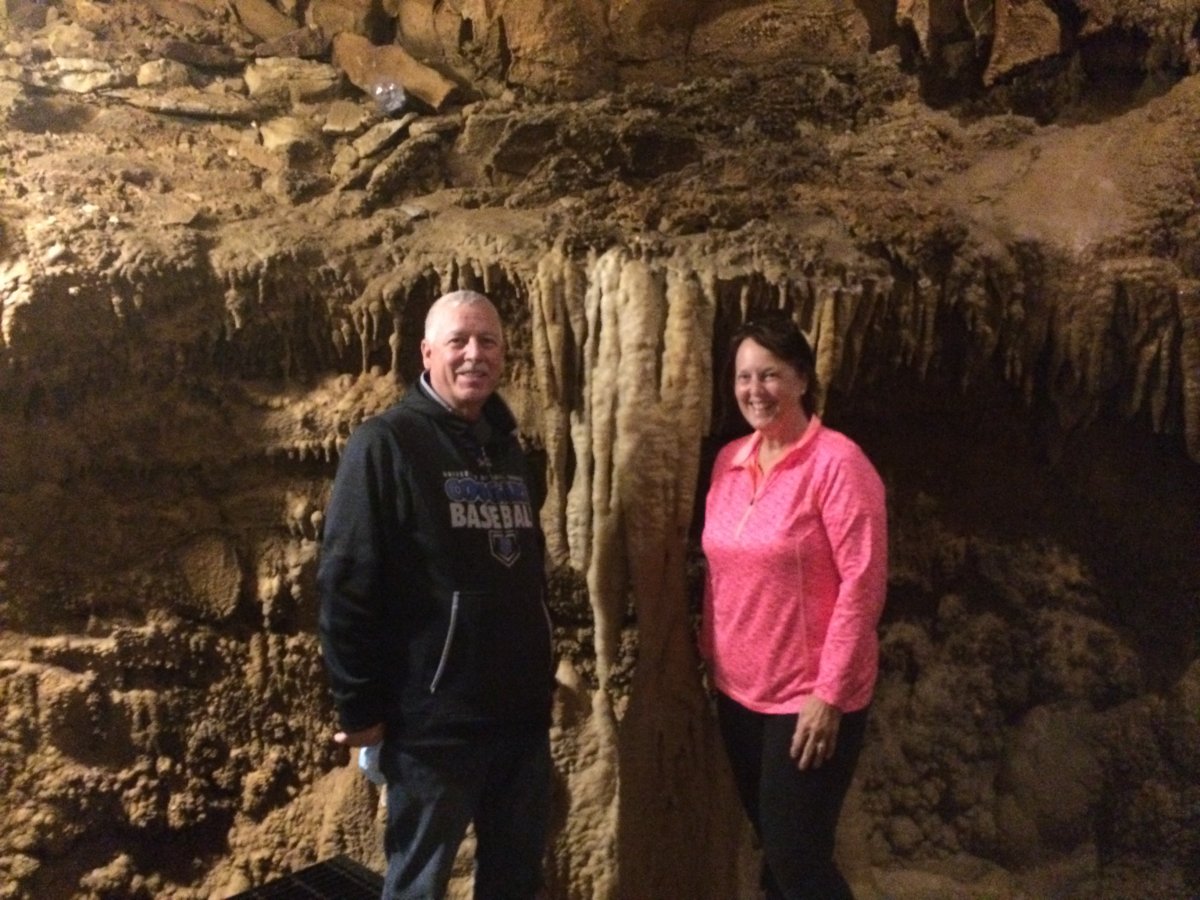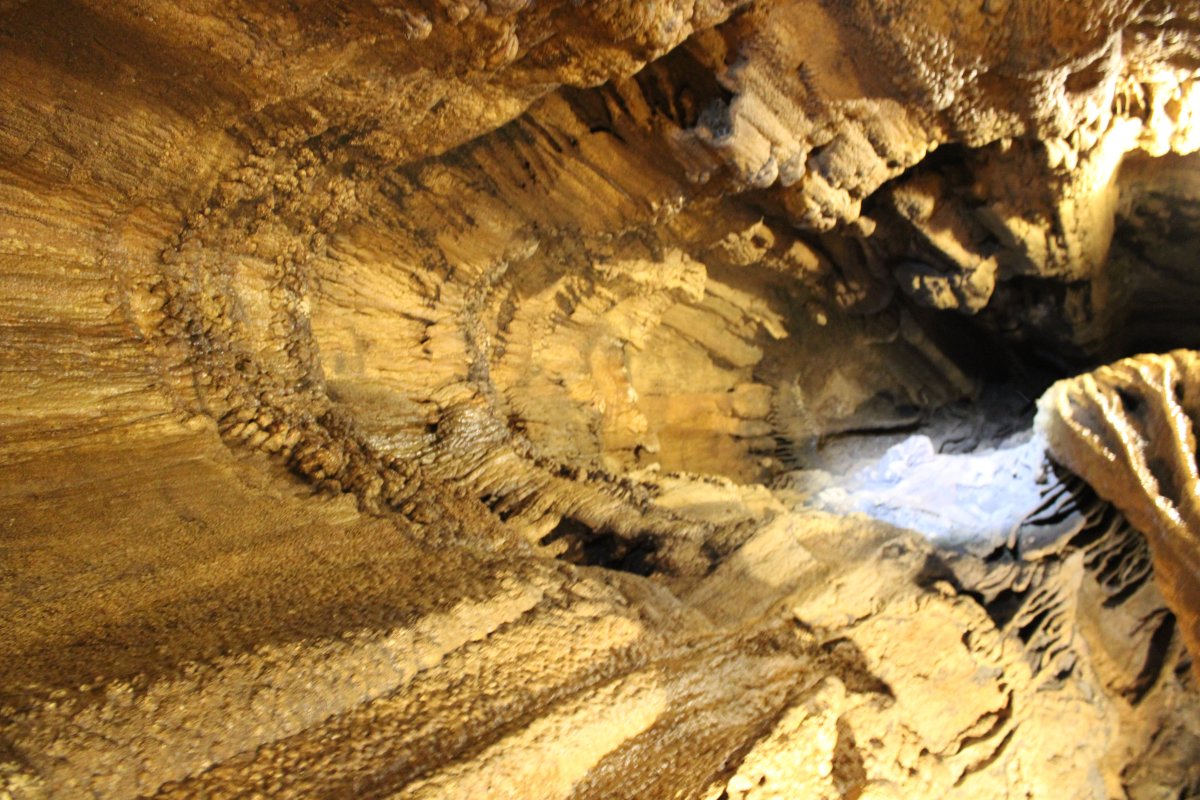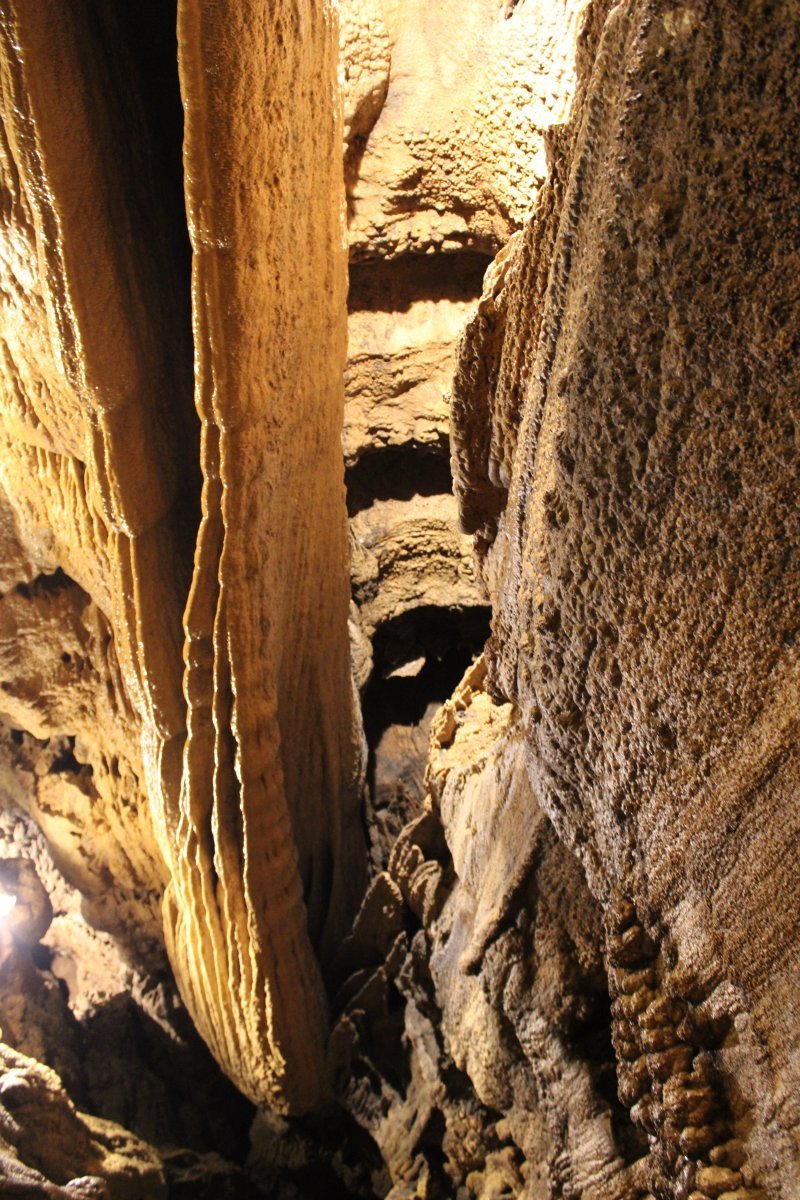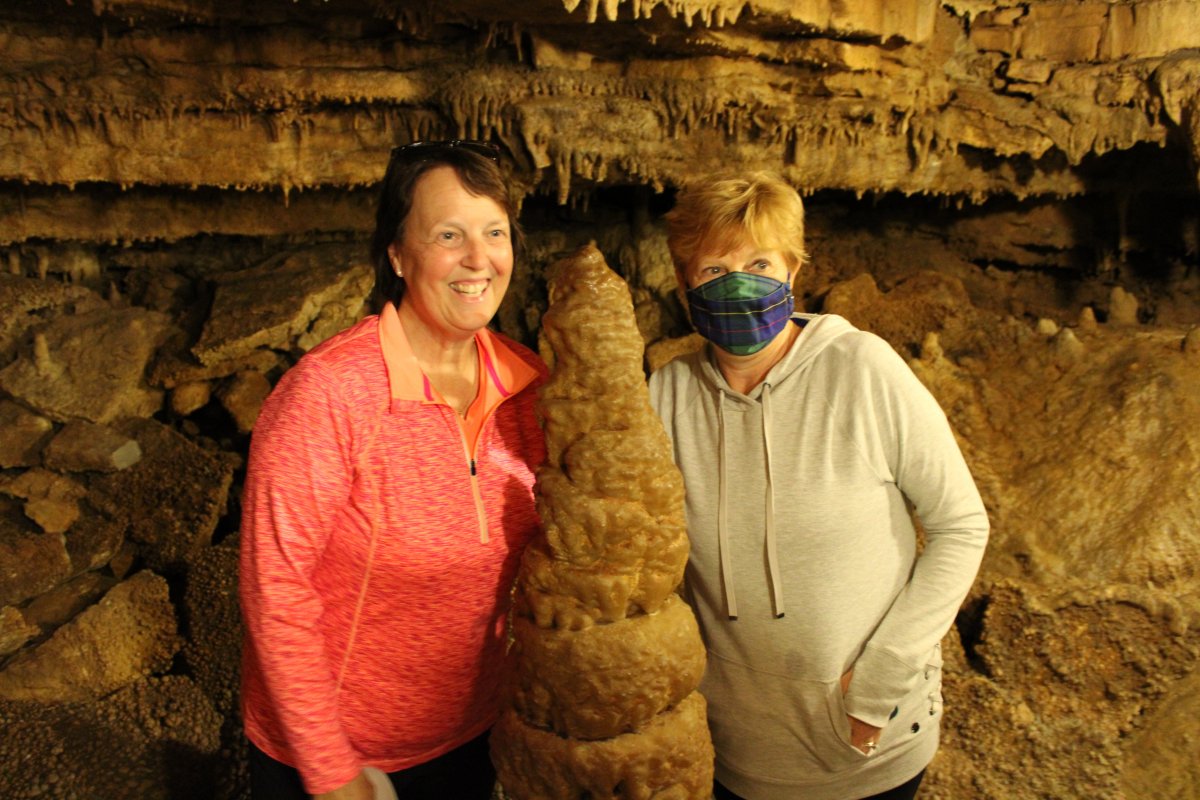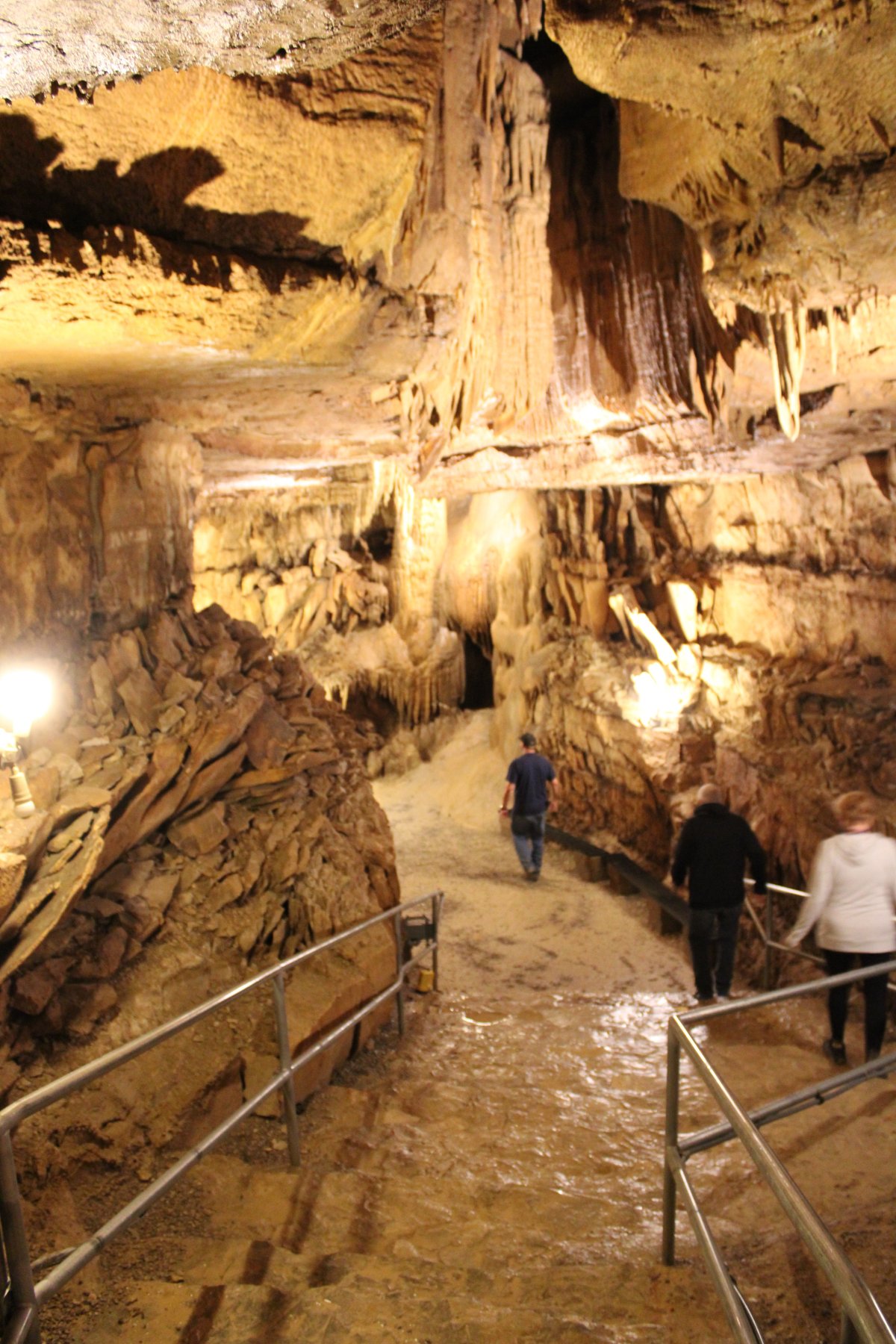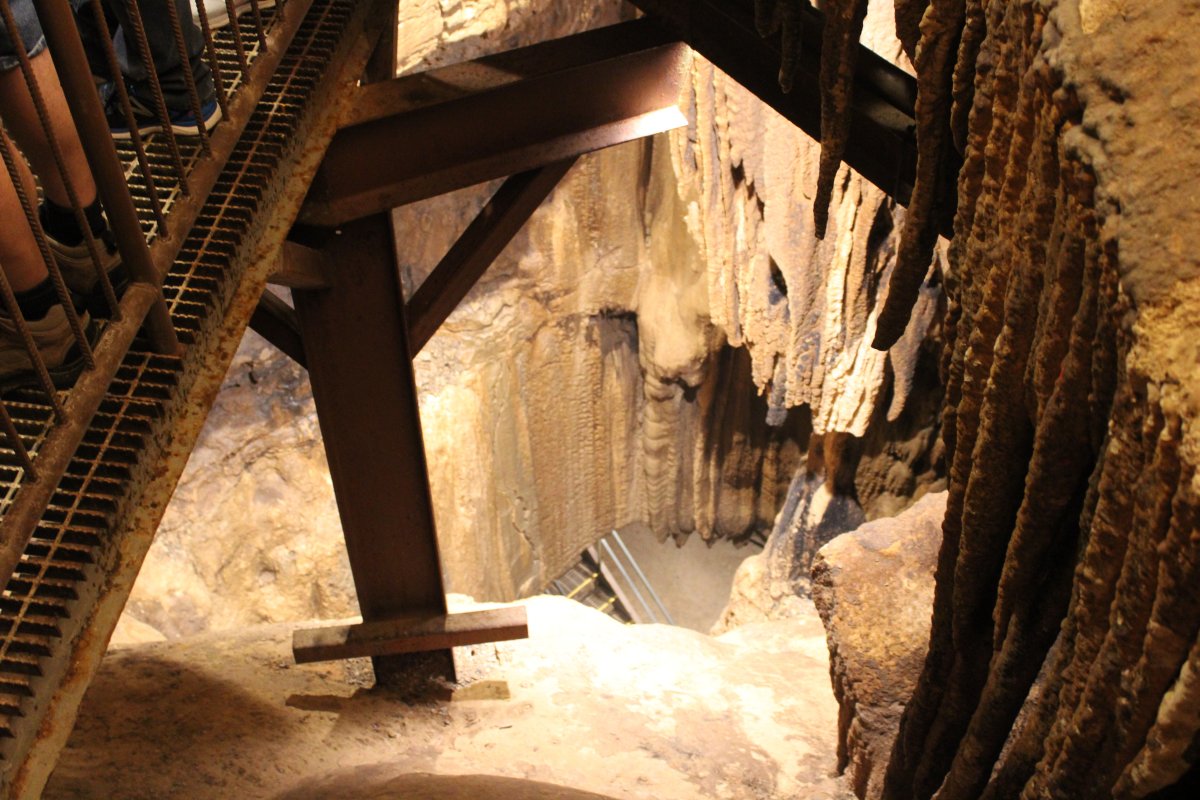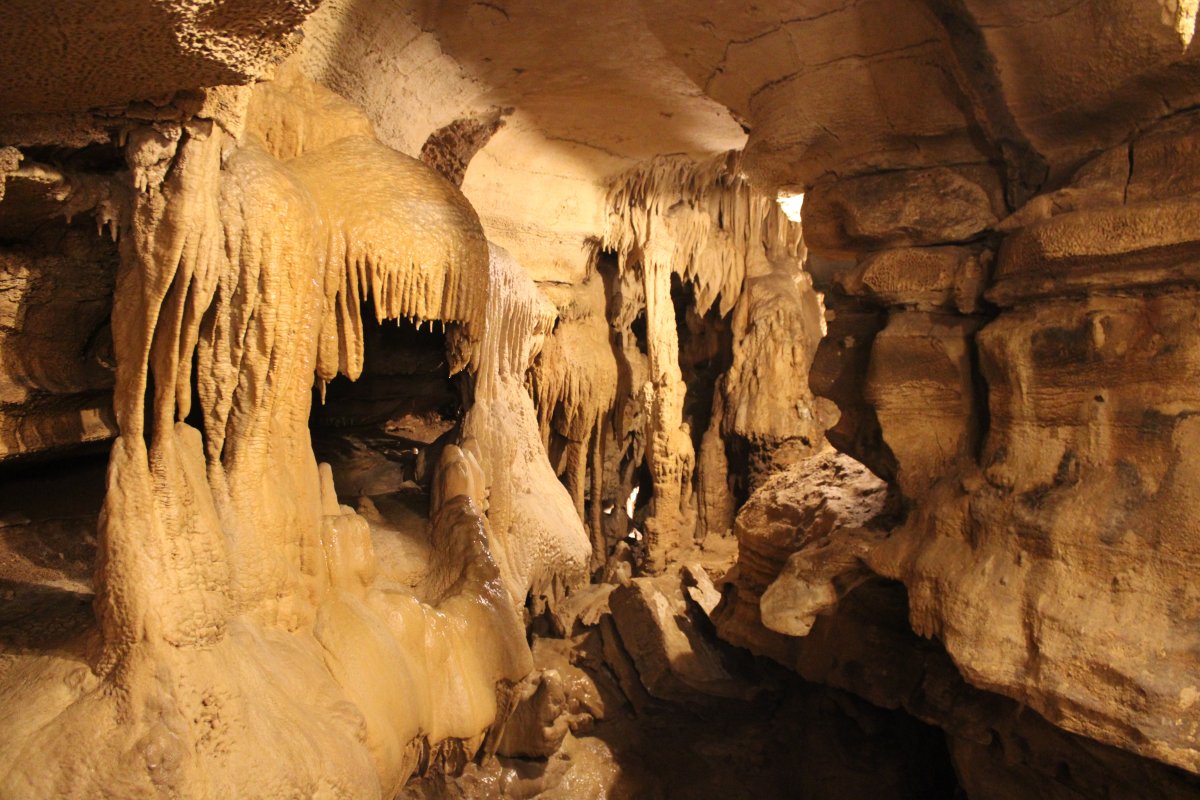October 21, 2020 - Mammoth Cave National Park
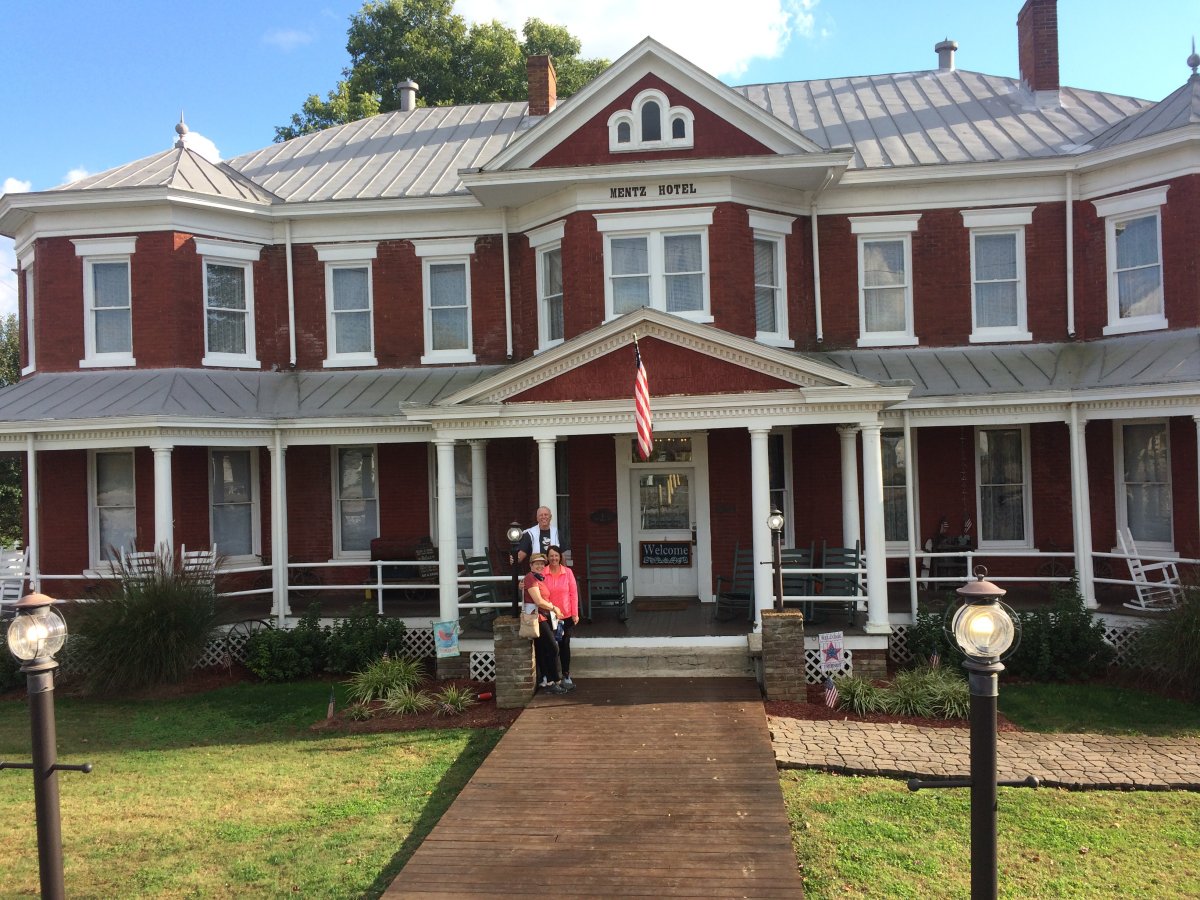
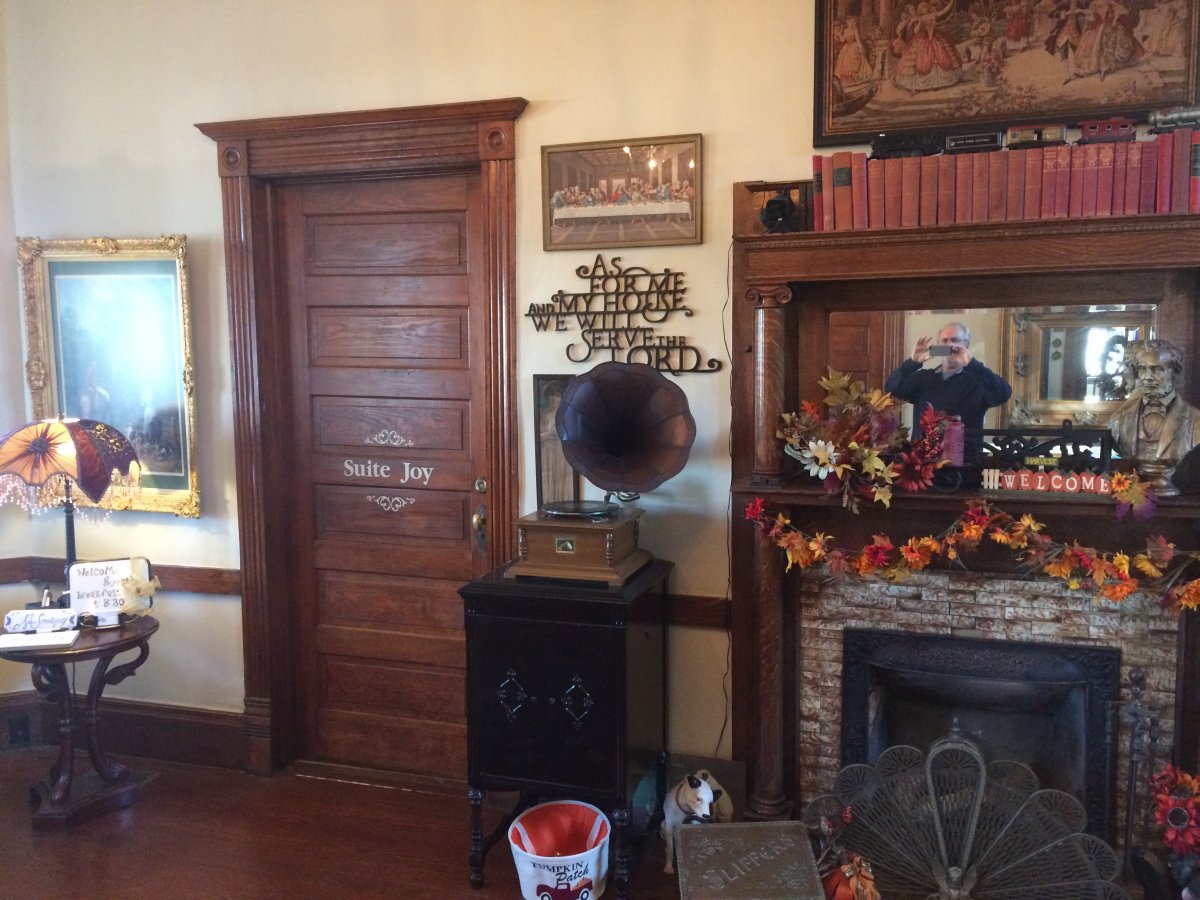
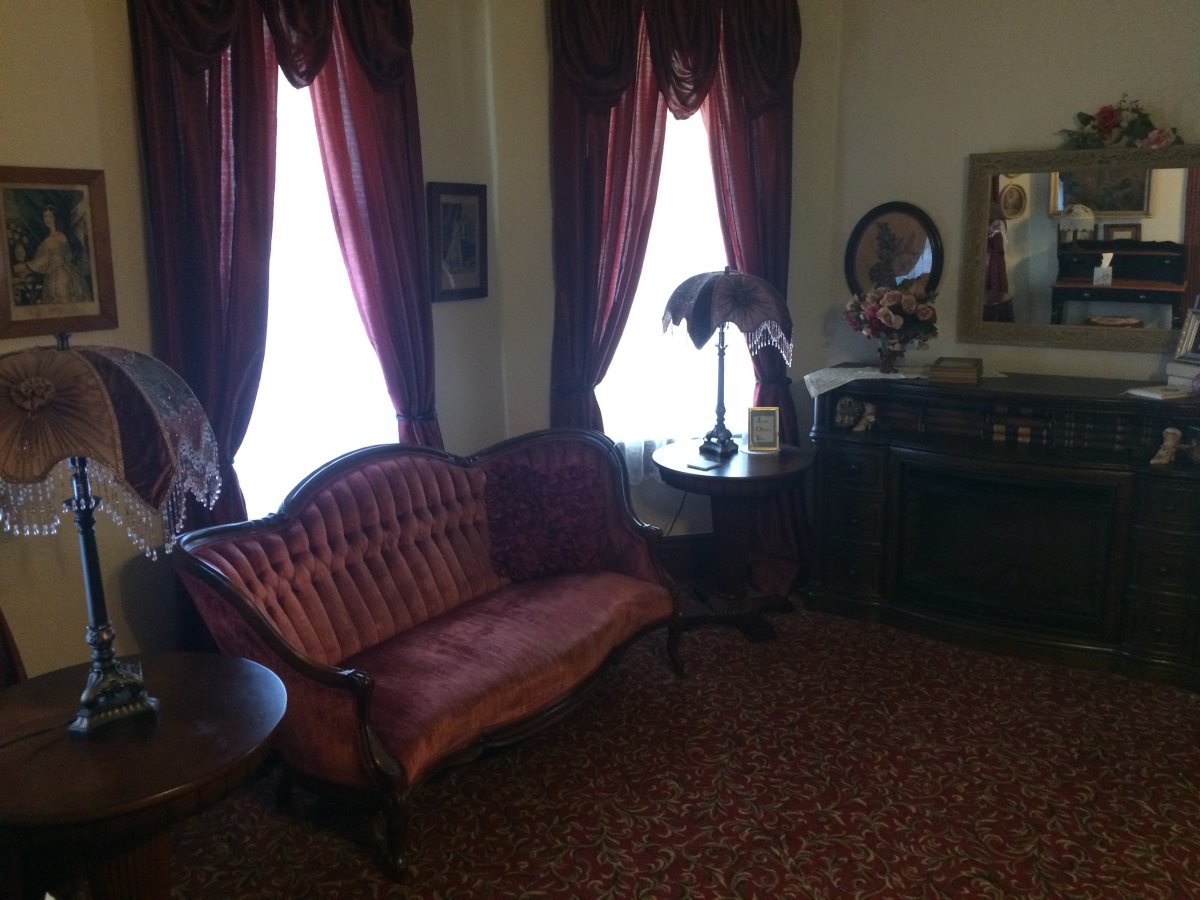
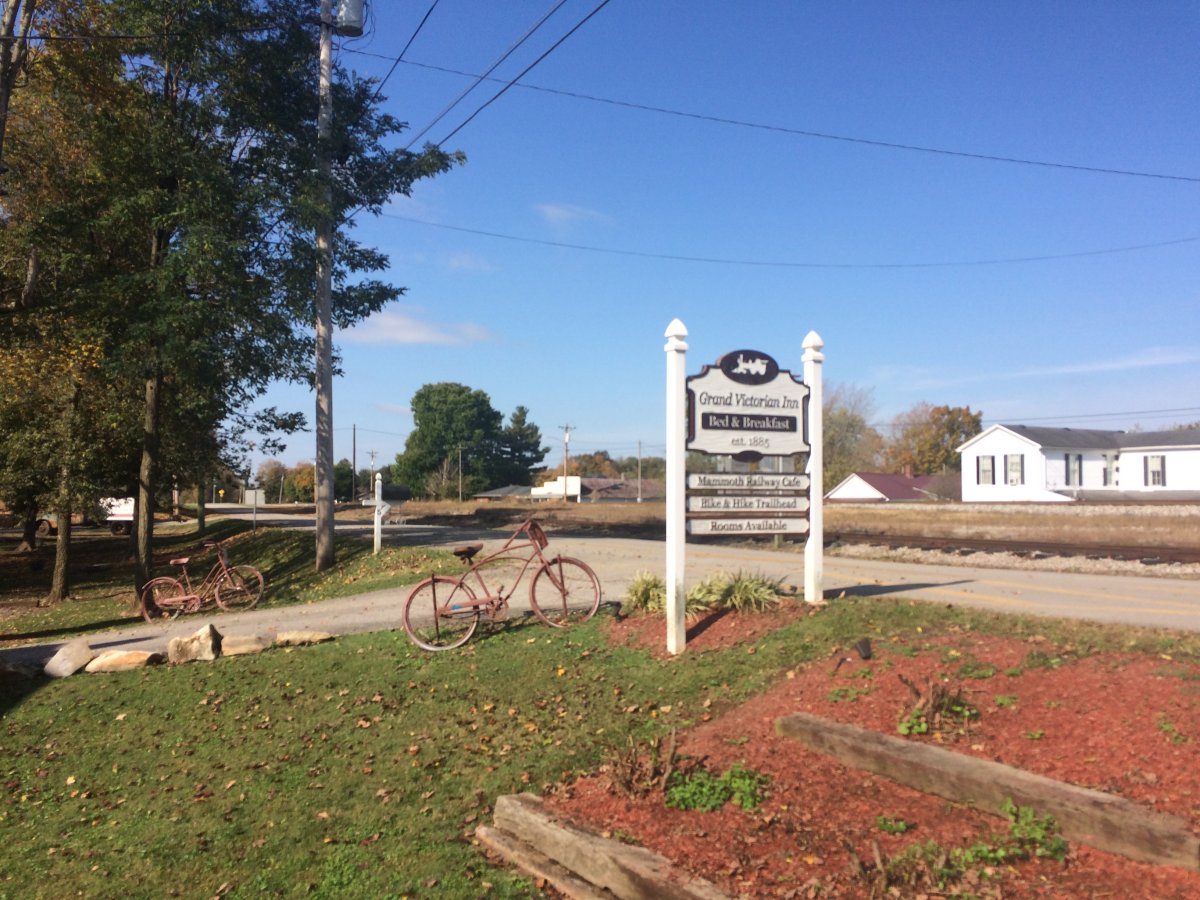
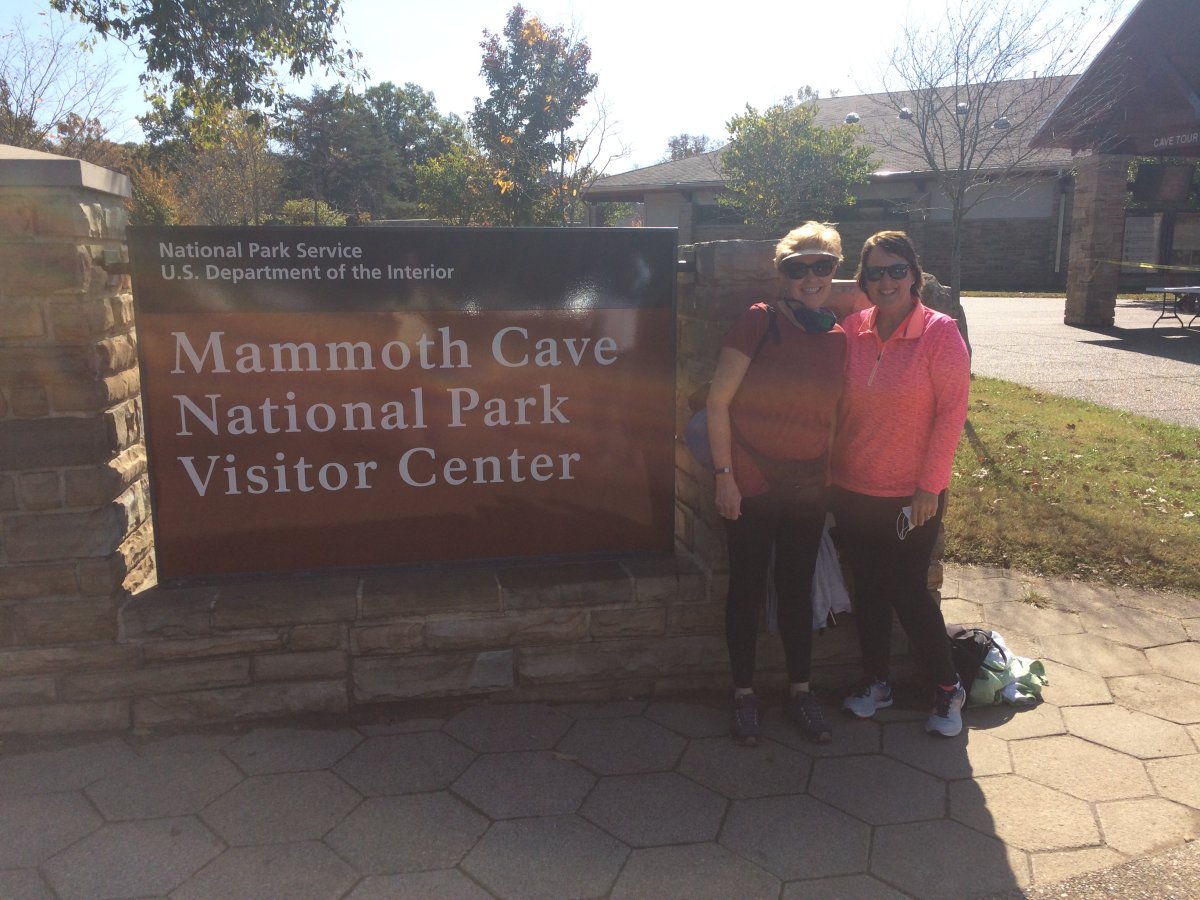

Mammoth Cave is, well, it's mammoth. Huge!
After walking down a good-sized tunnel, we came to this large open area called the Rotunda. This first large room impressed early visitors enough to name the cave "Mammoth". The wooden artifacts are from the early 1800s, when Mammoth Cave sediment was minded for saltpetre, an important ingredient of gunpower.
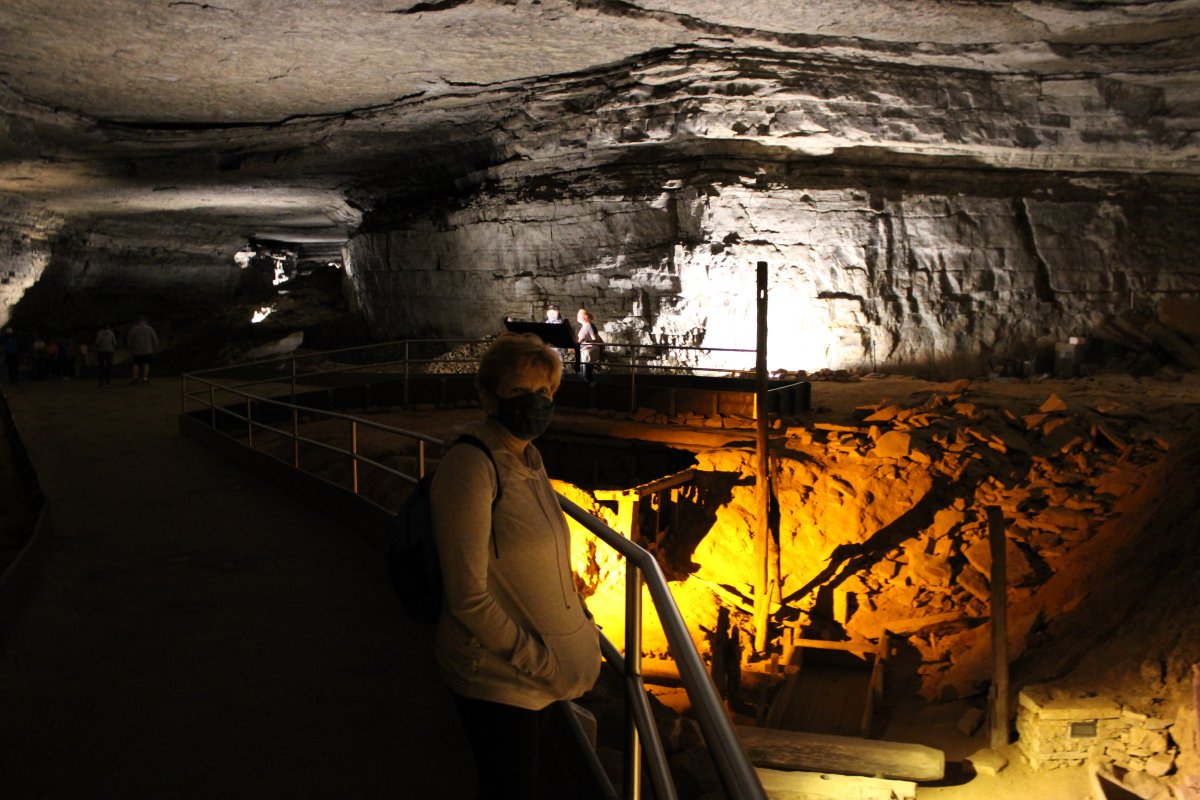
It was a self-guided tour of the upper historic route but there were rangers stationed every 100 yards or so who were happy to answer any questions.
Here, we are walking down appropriately named "Broadway". We walked down about 400 yards or so of what is called the Main Cave.
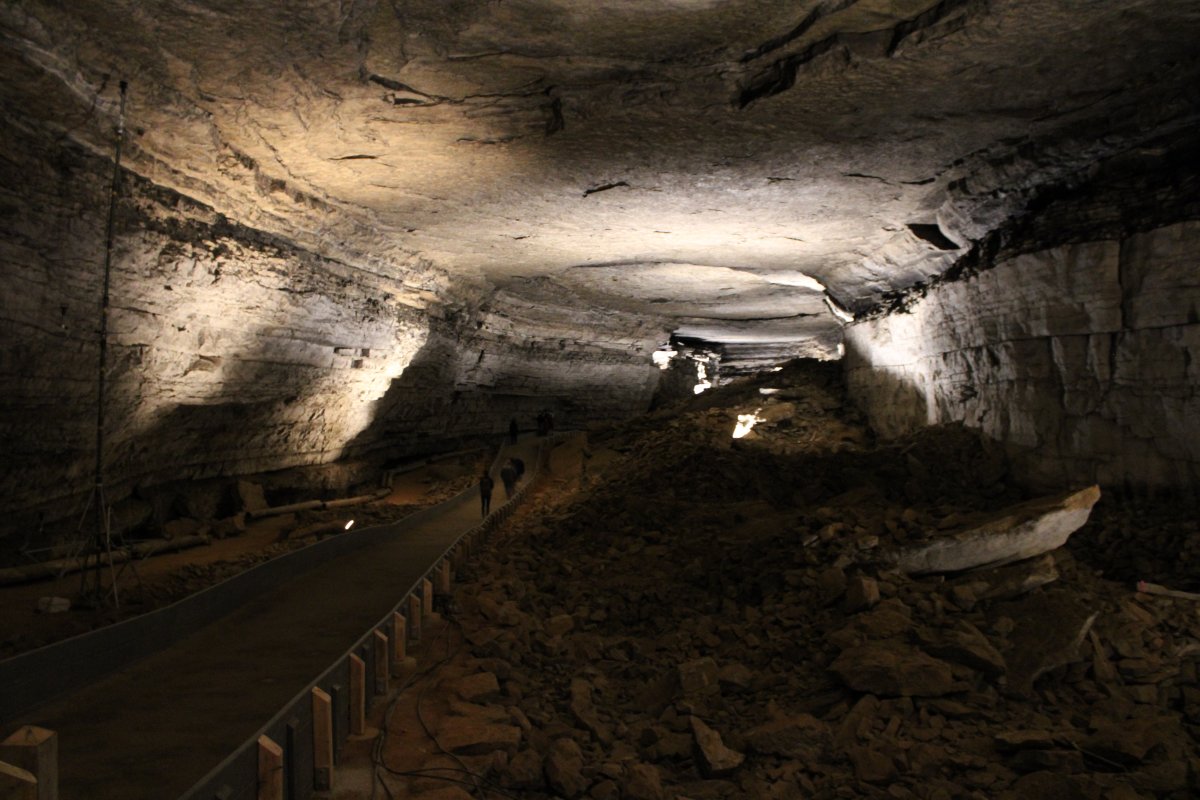
Legend has it that the first European to visit Mammoth Cave was either John Houchin or his brother Francis Houchin, in 1797. While hunting, Houchin pursued a wounded bear to the cave's large entrance opening near the Green River. Some Houchin Family tales have John Decatur "Johnny Dick" Houchin as the discoverer of the cave, but this is highly unlikely because Johnny Dick was only 10 years old in 1797 and was unlikely to be out hunting bears at such a tender age. His father John is the more likely candidate from that branch of the family tree, but the most probable candidate for discoverer of Mammoth Cave is Francis "Frank" Houchin whose land was much closer to the cave entrance than his brother John's. There is also the argument that their brother Charles Houchin, who was known as a great hunter and trapper, was the man who shot that bear and chased it into the cave. The shadow over Charles's claim is the fact that he was residing in Illinois until 1801. Contrary to this story is Brucker and Watson's The Longest Cave, which asserts that the cave was "certainly known before that time." Caves in the area were known before the discovery of the entrance to Mammoth Cave. Even Francis Houchin had a cave entrance on his land very near the bend in the Green River known as the Turnhole, which is less than a mile from the main entrance of Mammoth Cave.
The land containing this historic entrance was first surveyed and registered in 1798 under the name of Valentine Simons. Simons began exploiting Mammoth Cave for its saltpeter reserves.
Mammoth Cave National Park was officially dedicated on July 1, 1941.
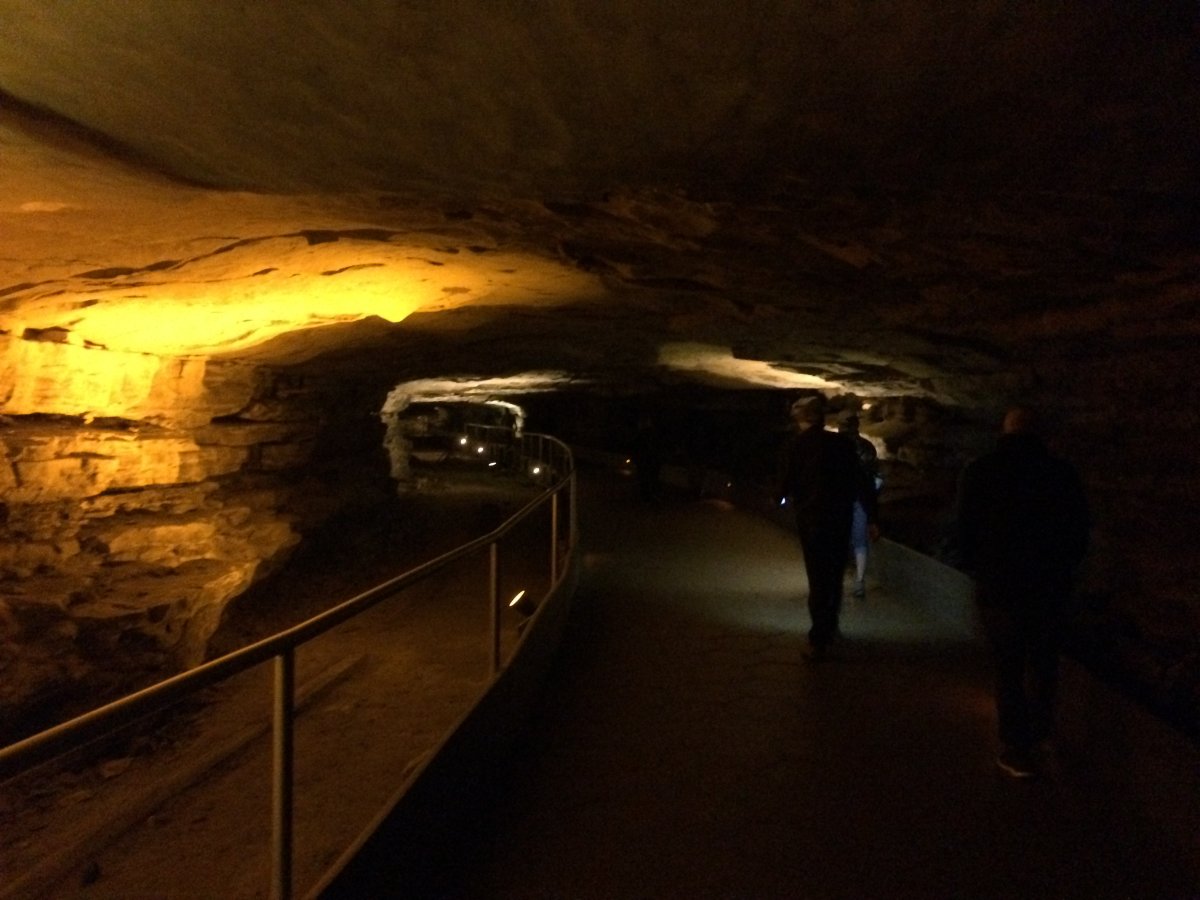
Mammoth Cave is known to include more than 400 miles of passageway.
As you can see, it's hard to take good pictures in the cave. On the Main Cave we ended up seeing The Church, Booth's Amphitheatre, the Water Clock, the Giant's Coffin, Harvey's Avenue, and at the end, the Tuberculosis huts. The TB huts were two stone structures built for TB patients. This 1842 medical experiment was supposed to show the curative properties of cave air. Can you imagine living down here? Remember, it's 1842 before they had electric lighting. I believe most of the TB patients ended up dying anyways.
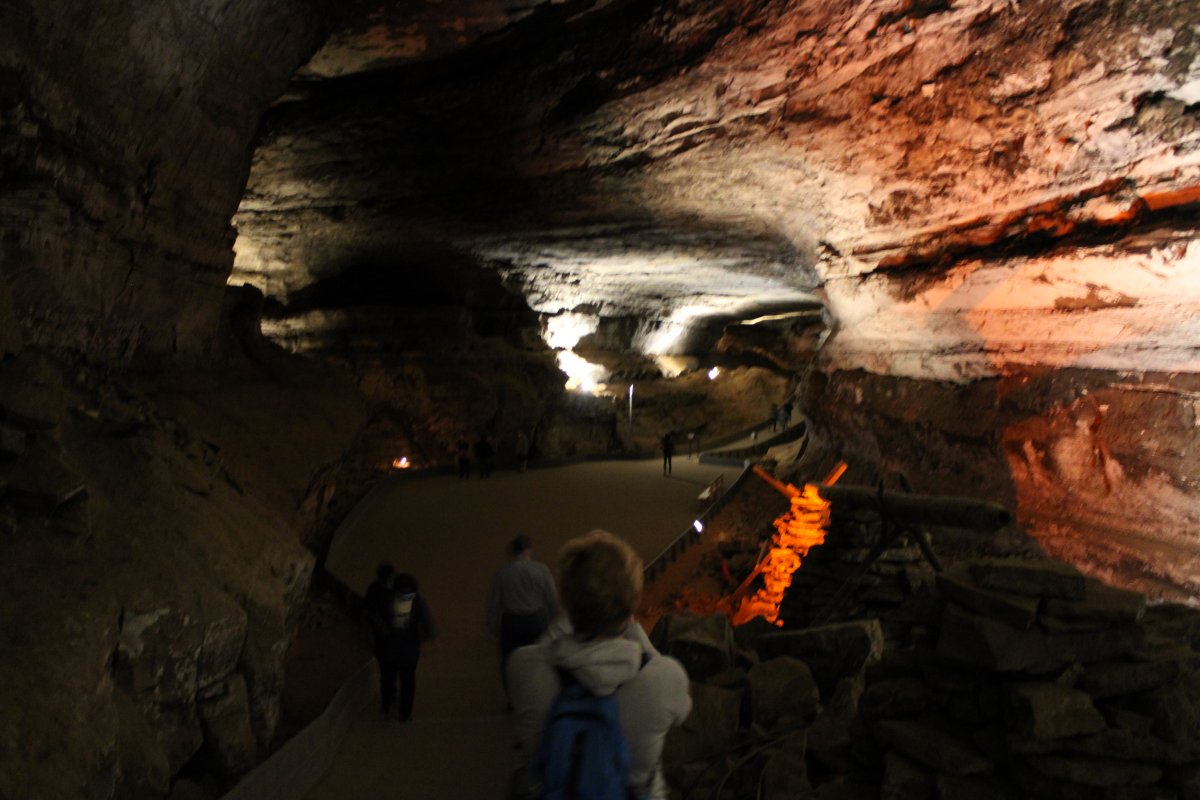
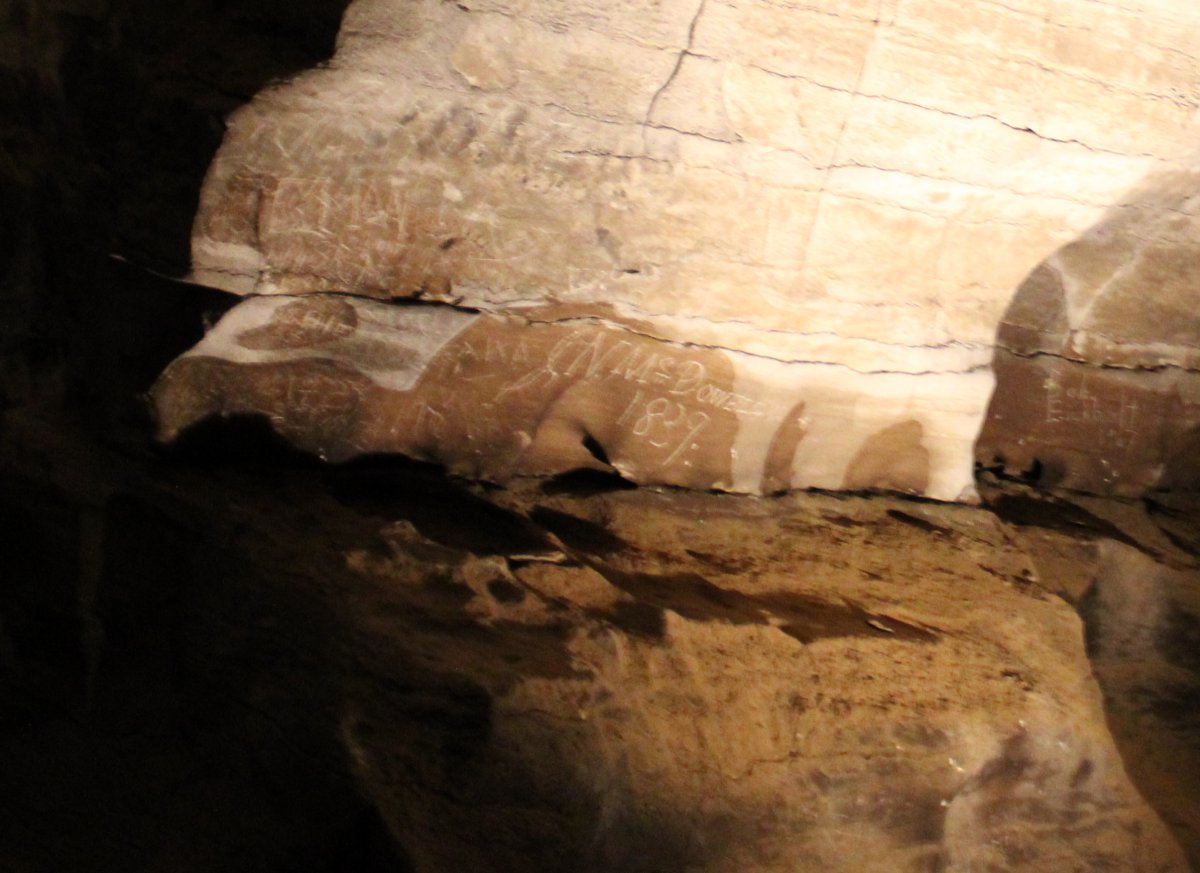
Prior to the Chinese Flu, the National Park Service offered several cave tours to visitors. Some notable features of the cave, such as Grand Avenue, Frozen Niagara, and Fat Man's Misery, could be seen on lighted tours ranging from one to six hours in length. Two tours, lit only by visitor-carried paraffin lamps, were popular alternatives to the electric-lit routes. Several "wild" tours ventured away from the developed parts of the cave into muddy crawls and dusty tunnels. The Echo River Tour, one of the cave's most famous attractions, used to take visitors on a boat ride along an underground river. The tour was discontinued for logistic and environmental reasons in the early 1990s.
But today only a self-guided tour of the main part was open.
There was another branch of the cave we were allowed to tour and that was Audobon Avenue. There we saw Rafinseque Hall and Lookout Mountain, an impressive pile of high angle, small-scall rubble about 30 feet high, blocking the end of the Audubon Avenue.
